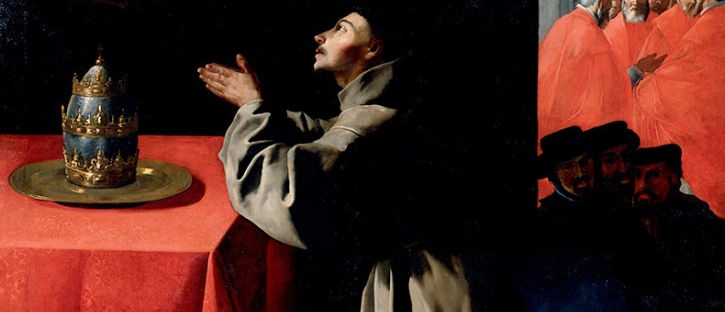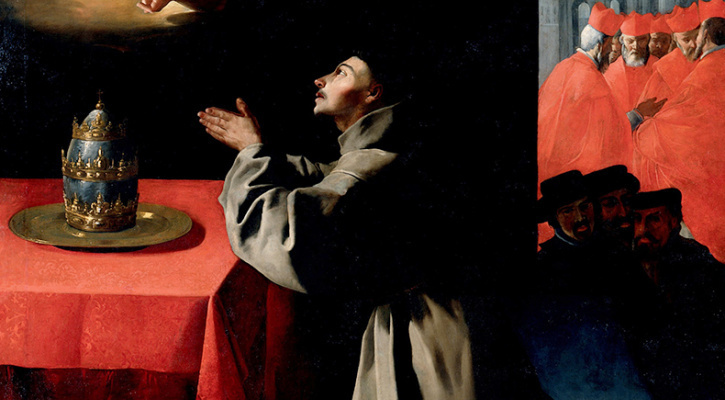Liliw, a small town located in the province of Laguna, Philippines, is known for its rich history and culture. One of the most significant events that the town celebrates is the Tsinelas Festival. This annual celebration, which takes place in the last week of April, showcases the town’s creativity, artistry, and craftsmanship. It is a colorful and exciting festival that attracts tourists from all over the country and even abroad.

The town of Liliw was founded in 1570, and its name originated from a legend about Gat Tayaw, the town’s founder. He erected a bamboo pole to attract birds, which will derive the town’s name. The bird hummed “liw, liw, liw,” which Gat Tayaw interpreted as the town’s name. After the Spanish regime, the Americans came, and the town’s name became Lilio since the Americans found it easier to pronounce.

The Catholic Church of Liliw, Saint John The Baptist Parish Church, is another notable landmark of the town. It is popular because of its red brick facade, which adds to the town’s charm and appeal. This church is a testament to the town’s strong Catholic roots and is a must-visit for tourists and locals alike.



One of the most significant highlights of the Tsinelas Festival is the showcasing of tsinelas, a type of footwear that has become an icon of the town. Tsinelas is a Tagalog word for flip-flops or slippers, which are commonly worn in the Philippines. The town’s artisans make these tsinelas by hand, using locally-sourced materials such as abaca and rubber. The Tsinelas Festival celebrates the craftsmanship of these artisans and the importance of supporting local businesses.
The Tsinelas Festival is not only a celebration of Liliw’s culture and heritage, but it is also an opportunity for the town’s residents to come together and showcase their talents. The festival features a street parade, where participants wear colorful and creative costumes made of tsinelas. There are also various contests, such as the Tsinelas-Making Contest and the Tsinelas-Decorating Contest, where participants showcase their skills and creativity.





Lastly, the Tsinelas Festival is an excellent opportunity to experience the rich culture and history of Liliw. It is a celebration of the town’s creativity, artistry, and craftsmanship. It is also a reminder of the importance of supporting local businesses and communities. Whether you’re a local or a tourist, the Tsinelas Festival is an event you don’t want to miss. So mark your calendars and prepare your tsinelas for a colorful and exciting celebration in Liliw!







